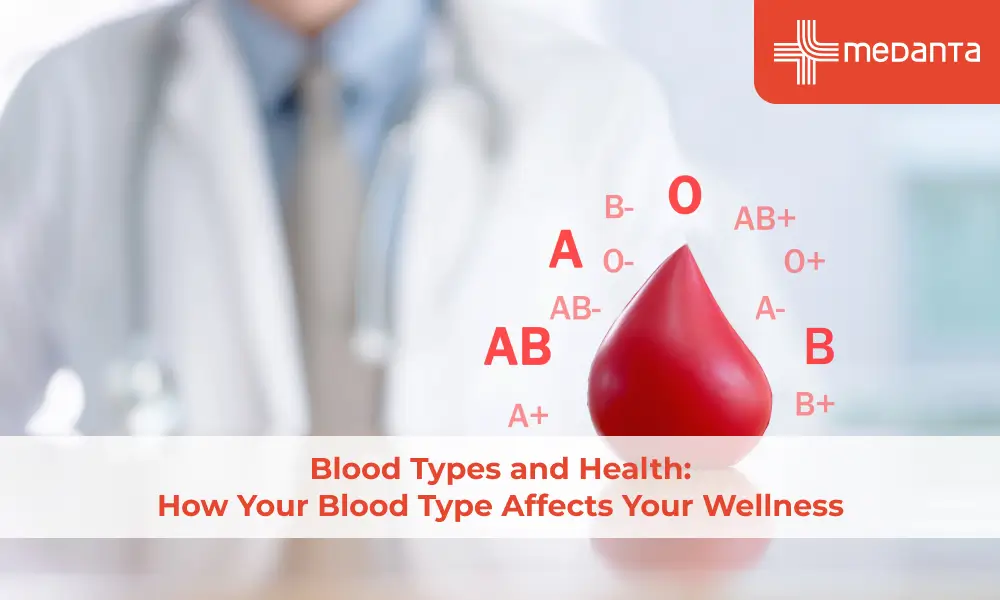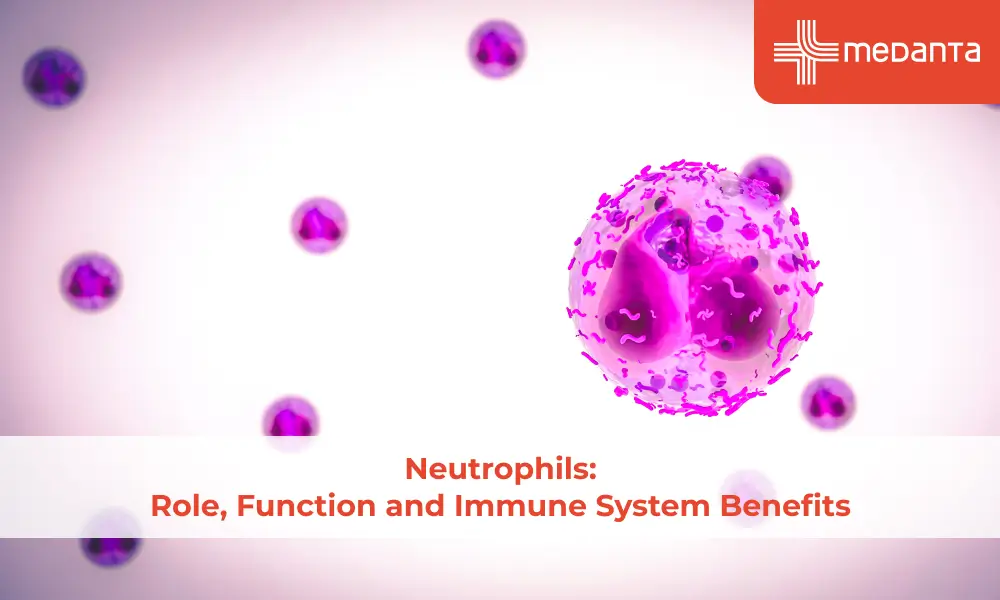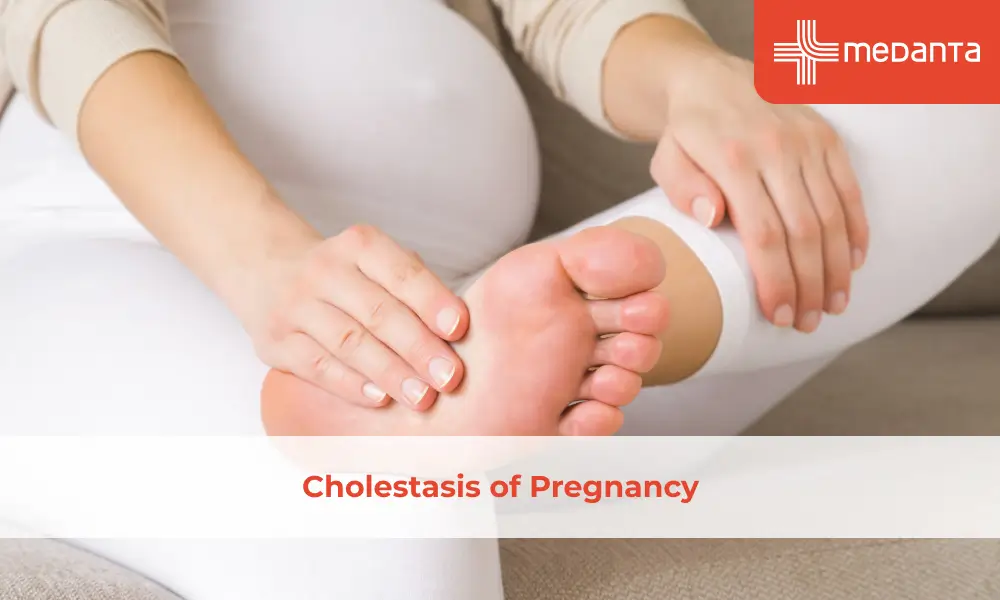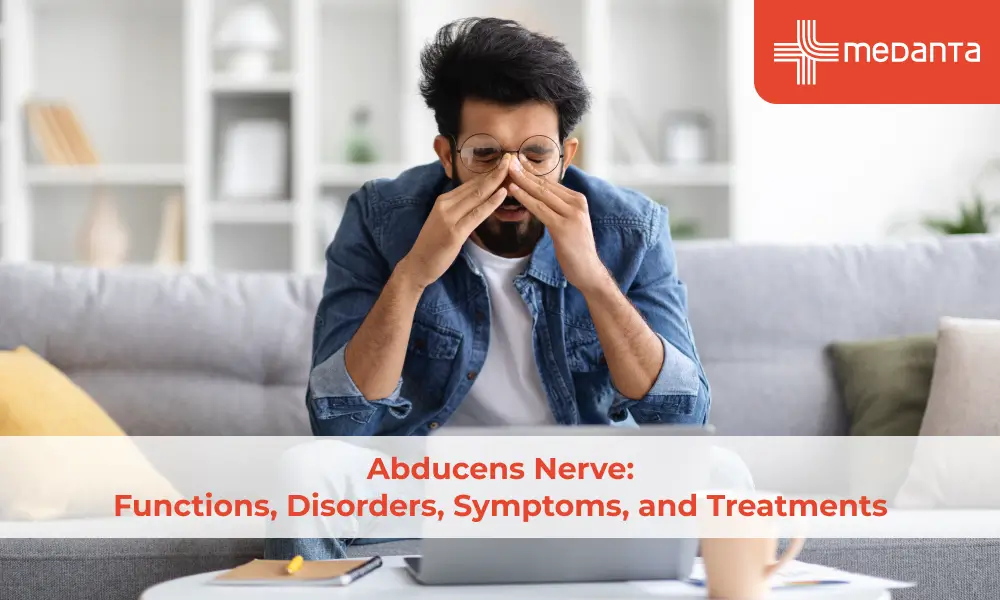A Minimally Invasive Approach to Thyroid Nodules: The Role of Interventional Radiology
TABLE OF CONTENTS
What are Thyroid Nodules?
Thyroid nodules are distinct growths within the thyroid gland, located at the base of the neck just above the breastbone. These lumps can be solid, fluid-filled (cysts), or a combination of both. Notably, thyroid nodules are remarkably common, affecting up to 68% of the general population based on ultrasound detection.
Several factors are connected with a higher risk of nodule formation. These include:
Smoking
Obesity
Metabolic syndrome
Alcohol consumption
Increased levels of insulin-like growth factor-1
Women are four times more likely than men to develop thyroid nodules.
Most thyroid nodules remain asymptomatic until they grow large enough to affect surrounding tissues. However, when symptoms do occur, they might include:
Difficulty swallowing or breathing
Hoarseness or voice changes
Neck pressure or fullness
Visible swelling at the base of the neck
Some nodules affect hormone production, leading to either overactive (hyperthyroidism) or underactive (hypothyroidism) thyroid conditions. Subsequently, patients with hyperthyroidism might experience rapid heartbeat, increased appetite, and unexplained weight loss.
Although thyroid nodules are common, only 4 to 6.5% are cancerous. However, certain characteristics warrant immediate medical attention:
Physical examination findings that raise concern include:
Nodules larger than 4 cm (approximately 19% risk of malignancy)
Firmness upon palpation
Fixation to adjacent tissues
Cervical lymphadenopathy
Vocal fold paralysis
Risk factors that increase the chance of malignancy include ionising radiation exposure, particularly during youth, rapid nodule growth, and a family history of thyroid cancer. Moreover, patients younger than 20 or older than 70 years face a higher risk of malignant nodules.
Ultrasound features that strongly suggest malignancy comprise hypoechoic echogenicity, solid composition, irregular margins, microcalcifications, and height greater than width.
Recent studies indicate that nodule size impacts cancer risk in a nonlinear fashion. Specifically, thyroid nodules between 1.0-1.9 cm show a 64.8% risk of cancer. However, the risk does not increase proportionally with size beyond 2 cm, presenting a threshold effect in cancer risk assessment.
Interventional radiology offers groundbreaking minimally invasive treatments for thyroid nodules. These procedures have gained significant recognition as alternatives to traditional surgery, especially for benign thyroid conditions.
Interventional radiologists employ several techniques to treat thyroid nodules effectively:
Radiofrequency ablation (RFA), a leading treatment method, uses targeted radio waves to disrupt nodule cells and cause them to shrink. Clinical studies demonstrate that RFA achieves 50-80% nodule shrinkage, with volume reduction reaching up to 44.6% within 8.6 months.
Another prominent technique is laser thermal ablation (LTA), which uses targeted lasers to create controlled tissue damage. Studies indicate that LTA achieves an impressive 72% reduction in nodule volume at 12 months.
Both procedures take place under ultrasound guidance, ensuring precise targeting while protecting surrounding tissues.
Ethanol ablation is the primary choice for cystic nodules, achieving volume reduction rates between 85-95% for pure cysts. In contrast, thermal ablation techniques prove more effective for solid nodules.
Aspect | Traditional Surgery | Interventional Radiology |
Cost | Standard surgical costs | 30-50% lower than surgery |
Recovery Time | 6.6 days hospitalisation | 2.1 days hospitalisation |
Anaesthesia | General anaesthesia required | Local anaesthesia only |
Thyroid Function | 71.5% risk of hypothyroidism | Preserves normal function |
Complications | 6.0% complication rate | 1.0% complication rate |
Procedure Duration | Extended surgical time | 30-60 minutes |
Scarring | Visible neck scar | No external scarring |
Follow-up Care | Regular hormone monitoring | Routine ultrasound checks |
These minimally invasive procedures offer distinct advantages for patients with benign thyroid nodules. Indeed, clinical outcomes show that compressive symptoms resolve completely in eight out of 12 patients, while the remaining four experience significant improvement. Likewise, all patients report enhanced cosmetic appearance following treatment.
The procedures typically occur in outpatient settings, allowing patients to return home the same day. These techniques have demonstrated remarkable success rates, with therapeutic success defined as 50% nodule reduction achieved in 97.8% of cases.
Through real-time ultrasound monitoring, interventional radiologists can protect critical structures, including the recurrent laryngeal nerve. This precise control undoubtedly contributes to lower complication rates compared to traditional surgery.
Proper patient selection plays a substantial role in the success of thyroid nodule treatments through interventional radiology. The decision about the treatment approach involves careful evaluation by both thyroid and interventional radiology teams.
Who Is a Good Candidate?
Doctors consider several factors before recommending interventional procedures. The success rate of ethanol ablation for pure thyroid cysts ranges from 85% to 98%. The therapeutic success rate reaches 97.8% for predominantly solid benign thyroid nodules.
Suitable candidates for interventional procedures include:
Patients with benign nodules causing compression symptoms
Those with cystic or predominantly cystic nodules that recur after aspiration
Individuals with autonomous or hyperfunctioning nodules
People seeking alternatives to surgery due to medical conditions
Cases where nodules cause cosmetic concerns
The recovery process after thyroid ablation procedures remains straightforward, as most patients return home the same day. During the initial recovery period, patients might experience mild discomfort or swelling at the injection site, which typically subsides within 2-3 days.
Post-procedure care involves:
Rest for 24 hours after treatment
Regular fluid intake
Keeping the injection site clean
Taking over-the-counter pain relievers as needed
Follow-up appointments prove essential for monitoring progress. For predominantly cystic thyroid nodules treated with ethanol ablation, doctors schedule ultrasound examinations six months post-procedure. Solid benign nodules require more extensive monitoring, with follow-up visits between 6 and 12 months.
The monitoring schedule typically includes the following:
Initial assessment at 3-6 months
Ultrasound monitoring to measure nodule changes
Regular thyroid function tests
Yearly check-ups based on nodule activity
Success in treatment manifests through a volume reduction of 50% or more in the treated nodules. Patients also report improvements in compression symptoms and cosmetic appearance. If any complications arise, such as excessive bleeding, difficulty swallowing, or fever above 101°F, immediate medical attention is necessary.
Interventional radiology has emerged as a game-changing approach for treating thyroid nodules. Though thyroid nodules affect a large portion of the population, these minimally invasive procedures now offer patients effective treatment options without the drawbacks of traditional surgery.
Clinical evidence strongly supports the success of these procedures, with volume reduction rates reaching up to 80% for radiofrequency ablation and 95% for ethanol ablation in appropriate cases. Patients benefit from shorter recovery durations, lower costs, and significantly fewer complications than conventional surgical methods.
The key lies in proper patient selection and following post-procedure care guidelines. Most patients return to their normal activities within days rather than weeks and experience improvements in both physical symptoms and appearance. Regular follow-up appointments ensure optimal long-term results.
Medical science continues to advance, making thyroid nodule treatment safer and more effective than ever. These interventional radiology techniques represent a significant step forward in patient care, offering hope to those seeking alternatives to traditional thyroid surgery.
What side effects might occur after thyroid ablation?
Most patients experience mild, short-term effects that resolve within 1-2 weeks. These include:
Mild discomfort at the injection site
Temporary neck swelling
Brief nausea or vomiting (occurs in 2-3% of cases)
Mild fever up to 38.5°C, resolving naturally within 3 days
How effective is radiofrequency ablation (RFA) for thyroid nodules?
RFA demonstrates remarkable success rates, with nodules shrinking by 50-80% over 12 months. Clinical studies show complete resolution of compressive symptoms in 66% of patients, with substantial improvement in the remaining cases.
What happens if hypothyroidism develops after treatment?
Despite concerns, permanent hypothyroidism from RFA remains extremely rare. However, patients with elevated thyroid antibodies should be informed about potential risks beforehand. Regular follow-up appointments monitor thyroid function effectively.
Are there risks of nerve damage during the procedure?
Nerve complications occur rarely, primarily because specialists use advanced techniques. The moving shot method ensures constant electrode movement, minimising heat damage to surrounding tissues.
What preparation is needed before the procedure?
Patients should:
Stop taking blood-thinning medications as directed
Fast for several hours before treatment
Arrive 45 minutes before the appointment
Bring relevant medical records and insurance information
How long does recovery take?
Most patients resume normal physical activities within 1-2 days. Complete healing typically occurs within two weeks; doctors regularly monitor it through ultrasound examinations.
What makes someone an ideal candidate?
Optimal candidates include those with:
Benign thyroid nodules causing compression
Cystic nodules that recur after aspiration
Normal thyroid function test






